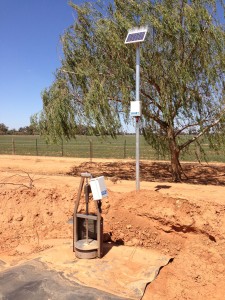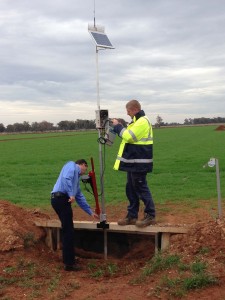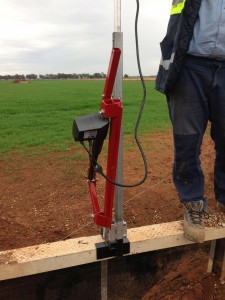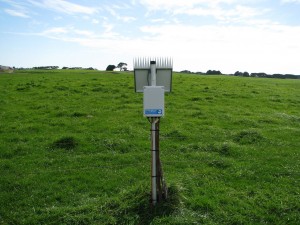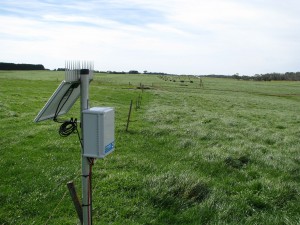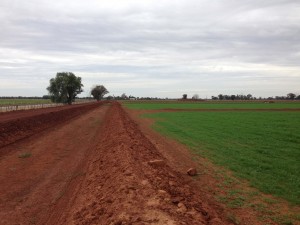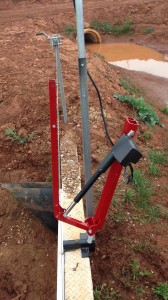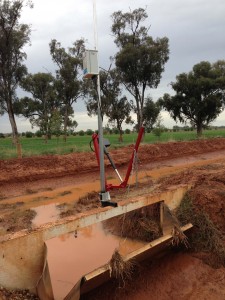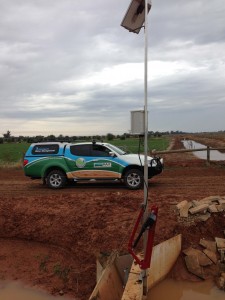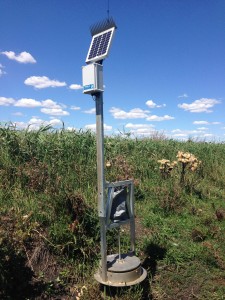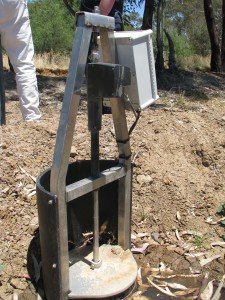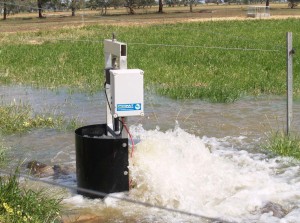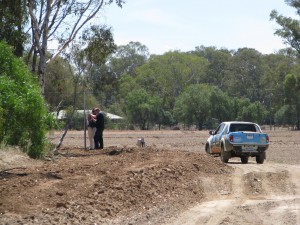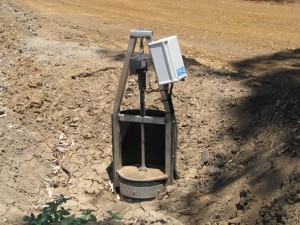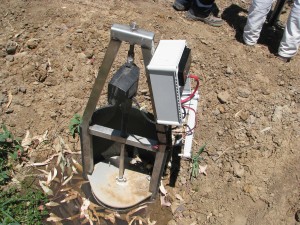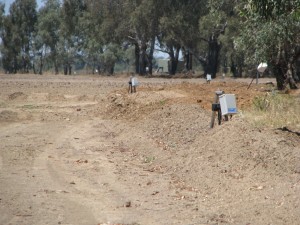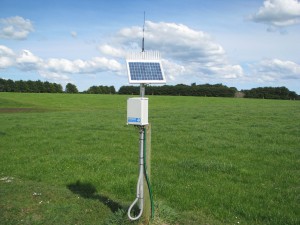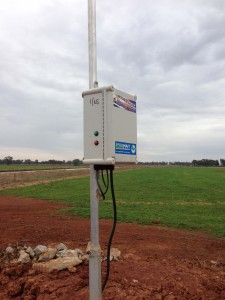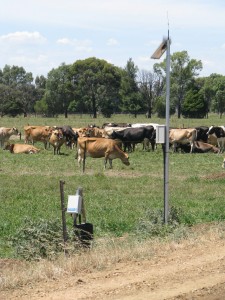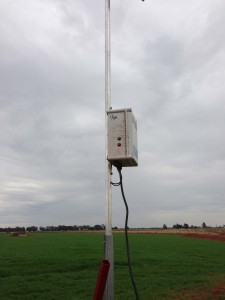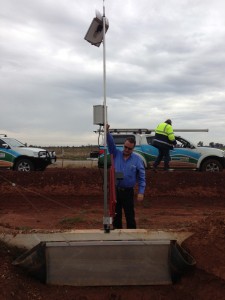Precision Irrigation
Why automate flood irrigation?
- To capitalise on improved water delivery system.
- To improve water-use efficiency, and
- To reduce labour
Although it’s traditionally been the way, nobody really wants to get up through the night, opening and shutting gates or bay outlets to water paddocks. If you have fastflow flood irrigation, then your ‘sleep’ will be very broken indeed.
Farmers want to automate watering. And do it costeffectively. Using MAIT systems, what used to take 2-3 hours to do manually, can now be programmed at the PC in just a few minutes…
…that’s a huge saving of both time and money.
Case study
A northern Victorian dairy farmer put in a new pipe-and-riser system to water his paddocks. He then installed MAIT’s iNTELLiTROL to automate controlling the irrigation, rather than do it manually. This way, he really gets the most out of the new, improved water delivery.
In the farm office, MAIT iNTELLiPUMP software was installed onto a PC.
In the paddocks, each pipe-and-riser outlet was fitted with a MAIT radio-control board* and an actuator that opens and closes the risers.
Every actuator is remotely controlled from the office via iNTELLiPUMP. Each site can be manually controlled for an irrigation, or, multiple schedules can be programmed to automate the irrigation schedule.
What previously took the farmer about three hours to do manually out in the paddocks, he now programs at the PC in just a few minutes.
The system can grow
Automating his flood-irrigation system was this farmer’s first priority.
His second step will be to connect soil-moisture probes. Because the MAIT solutions are scalable, there’s no cost or efficiency impediment to taking
this step-by-step approach.
The farmer intends to use data from the probes to help schedule all irrigating. So paddocks will be watered when they actually need it, rather than
according to an historic timeline.
Each control board can read one multi-depth capacitance profiling probe, so the farmer only needs to install probes in the desired locations, then run cable back to the control boards.
He will likely install other sensors — including soil EC, flow meters and weather sensors — further down the track. Again, because the MAIT system is scalable, this can be easily done.
“The MAIT boards can each control up to 4 actuators. However, sometimes, linking multiple actuators via cable is not practical or cost effective, so — as in this case — individual radios and boards are fitted to each actuator instead.”
Other options
Farmers also have the option of installing a wetting front sensor. This is placed say twothirds down the bay. When water hits the sensor, a command is transmitted back to the controller to automatically shut off irrigating that bay and to begin watering the next one.
Alternatively, farmers can use a flow meter, to allow a set volume of water onto each bay.
Benefits
Automating your flood irrigation means:
- You greatly reduce the time spent physically opening and shutting gates or bay outlets
- Your time is freed up for other tasks
- You gain even more efficiency from your water use
- Irrigating is more effective for your crops or grazing paddocks
…in a nutshell: you save time and money
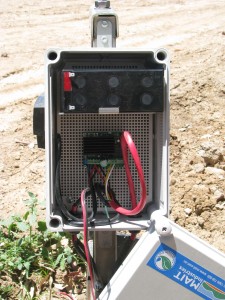


 Like Us on Facebook
Like Us on Facebook